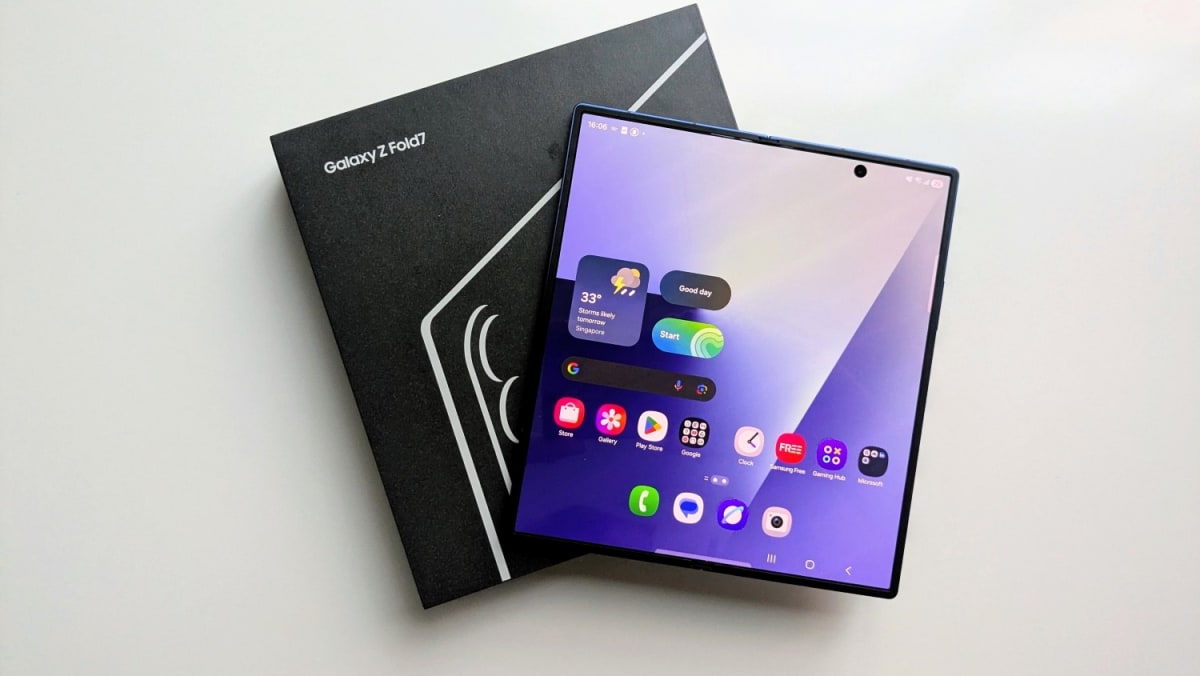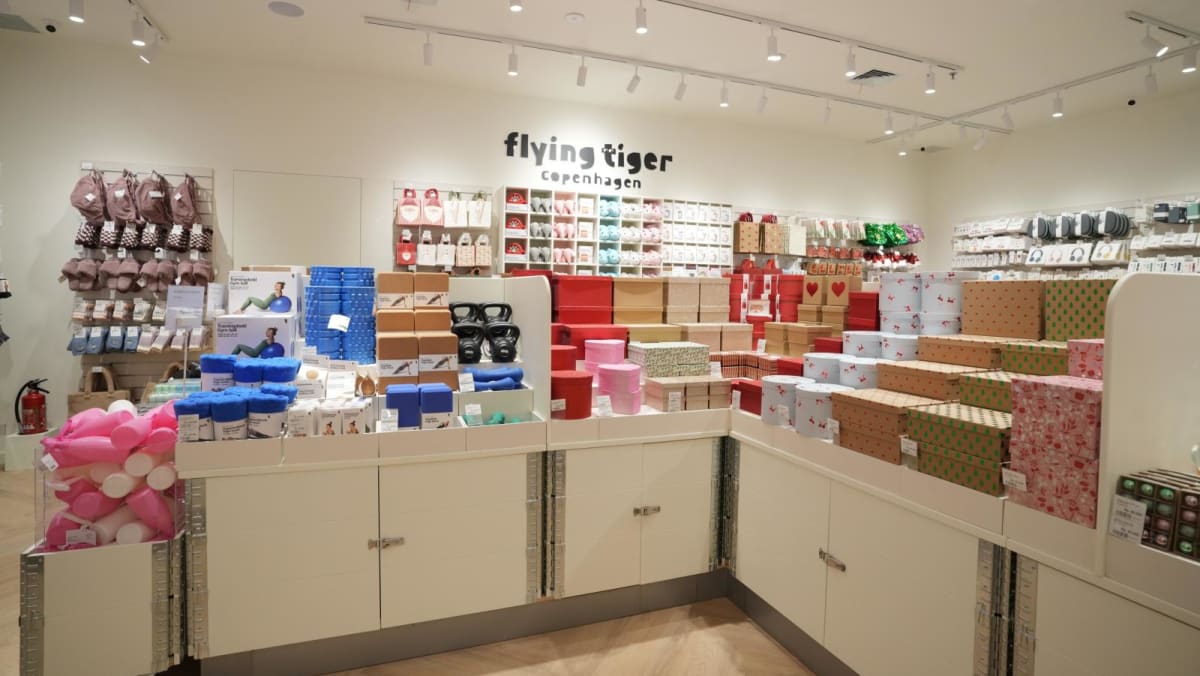Separate research also found that “contemporary restaurant interiors are dominated by hard surfaces and open-space architecture”, causing noise from the kitchen and bar to spill over into the dining area, according to Dr Lindborg’s paper.
“They also noted a prevalence for bare surfaces, with few textiles such as carpets, draperies or linens.”
Dr Lindborg’s own field survey similarly found that “jarring noise” tends to occur in open-design concepts. Such layouts may allow restaurant managers “visual control” in scanning the room, but acoustically, “it’s a disaster”, he said.
He has observed “more compartments” in comparatively old-fashioned places, such as pillars in restaurants, private breakout rooms and high sofas, which are “acoustically more favourable to conversation”.
But it doesn’t mean that these features are reserved for places of traditional luxury. Both Lo from Soundzipper and Dr Lindborg pinpointed McDonald’s as a restaurant that is “acoustically remarkably good”.
“The reason, just from observation, is they typically have these perforated ceilings. The ceiling is a large part of the enclosure, and if you can just reduce the echoes from the ceiling, you get very good results,” Dr Lindborg told CNA Lifestyle.
“Then you can accept that the floor is hard, or that you don’t have any soft parts on the walls, or bookshelves with irregular books. Those are acoustically good things, but it makes other parts of the design more difficult.”
PRIORITISING GOOD ACOUSTIC DESIGN
In Singapore’s food and beverage scene, prioritising good acoustic design in the average dining experience is key for at least one cafe.
Sera Phua, the director and founder of Acoustics Coffee Bar, understands my discomfort with trying to hold a conversation while dining amid excessive noise. But instead of, say, investing in personal ear plugs to manage her own sensitivity to sound, the 31-year-old decided to start Acoustics Coffee Bar – so everyone could benefit from good sound.














